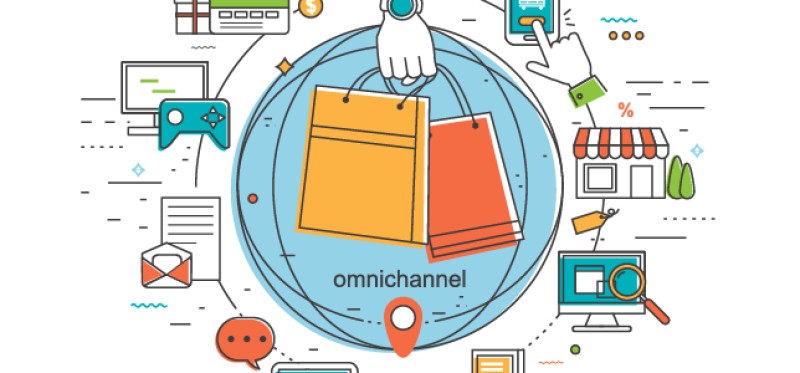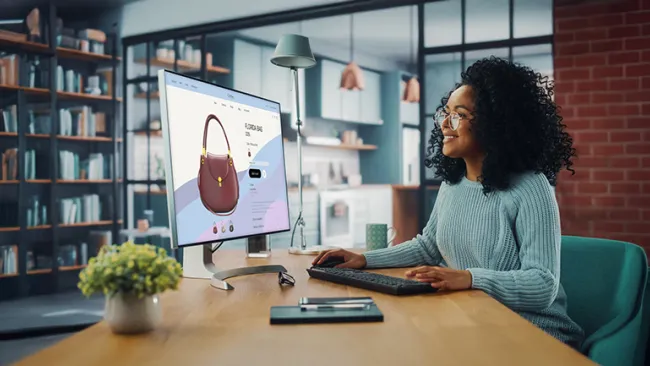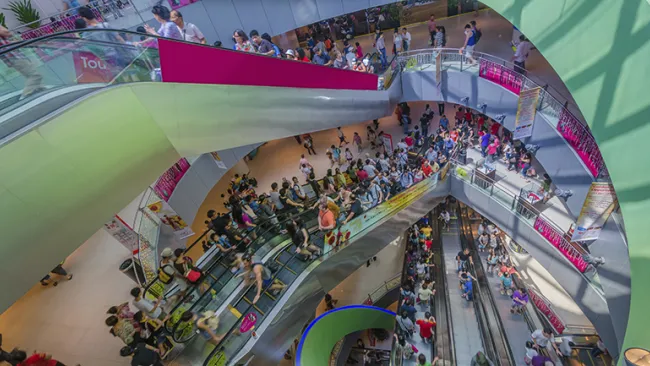This isn’t your grandmother’s retail environment. It may not even be your mother’s. The retail playing field has changed as the lines between digital and physical stores increasingly overlap. But instead of lamenting the decline of the traditional store experience, retailers can embrace new opportunities to combine the best of both worlds. The goal is to create a flexible, frictionless experience that can move seamlessly across channels, or be contained in a single one.
To get started, here are eight retail strategies to enable profitable growth in the combined physical and digital era.
1. Refine your approach to hiring, training, and mindset.
The experience starts with hiring and training the right people to serve customers in the most effective way. After all, your employees are your brand’s most direct connection to customers. Beyond initial store associate training, execute employee mindset and change programs to enhance the in-store experience by thinking differently about leadership and customer service. Also implement best practices from top-performing stores across the entire network. Some stores do better than others. Recreate the best parts of those operations to lift other store sales and experiences.
2. Improve channel integration to deliver frictionless experiences.
Customers have one experience with a brand. They don’t care about how many different departments are involved to make those experiences happen. Therefore, it’s important to integrate disparate departments of physical and digital marketing/merchandising and deliver a streamlined experience that reflects how your customers see your brand. For example, Nordstrom has combined online and physical merchandising and marketing organizations, breaking up silos to encourage a more omnichannel approach. Where possible, consider digital and physical operations as two parts of a holistic customer experience.
3. Expand your digital footprint in emerging channels.
In addition to streamlining existing channels, explore unique interaction opportunities in emerging digital platforms such as Snapchat, Instagram, and Pinterest. Younger customers are already there, and the tools are primed for conversations about products, especially apparel.
4. Leverage insights and best practices to optimize physical stores.
Apply behavioral analytics from the digital channel to improve physical store operations. If certain items are being purchased primarily online, or being discussed on social media, they should be moved to high-traffic areas in the store. Let the customer know you are engaged in all channels.
5. Target digital customers more efficiently.
There is so much a retailer knows about an online customer from the data that’s automatically collected. Savvy retailers use it to their advantage to target customers with relevant and actionable messaging. There are even tools available now that can turbocharge online sales by using customer insight to engage younger customers and increase conversions before they even reach the site.
6. Convert service interactions into revenue opportunities.
Customer service is a highly valuable customer touchpoint. A great service interaction leads to happy customers, who might then be willing to buy more in that specific moment. With the right application of analytics and customer centricity, companies can implement service-to-sales capabilities with highly trained associates to capitalize on the right moments of truth with customers to enhance the relationship.
7. Reduce costs by using retail stores as mini distribution centers.
If it isn’t already offered, the in-store pickup option should be a given for any digital purchase. It can be convenient for the shopper, and increases in-store traffic. In addition, take advantage of each store’s inventory and local shipping options. Integrate in-store inventory into the enterprise’s digital supply chain as a way to extend merchandising operations and reduce shipping time and costs.
8. Remove friction from the experience.
The digital experience has raised customer expectations of the in-store experience, as well. Put clear signage in areas for in-store pickup or returns, for example. Make sure items are in the correct spots with the correct prices. Staff the registers to meet traffic needs. Pay attention to the temperature in the store. Sometimes simple improvements will have a big impact.
It’s unquestionable that technology has disrupted the retail industry. Consumers now shop in a channel-agnostic manner with multiple devices. Despite these changes, retailers can thrive if they connect the different channels in a way that meets customer expectations and delivers convenience. After all, the goal is not to create an omnichannel experience for the sake of the channels, but for the sake of creating a better customer experience.
Interested in learning more about this topic? Read our eBook, "Omnichannel Retail Playbook."
Eight Omnichannel Strategies to Bring Seamless Retail Experience to Life















